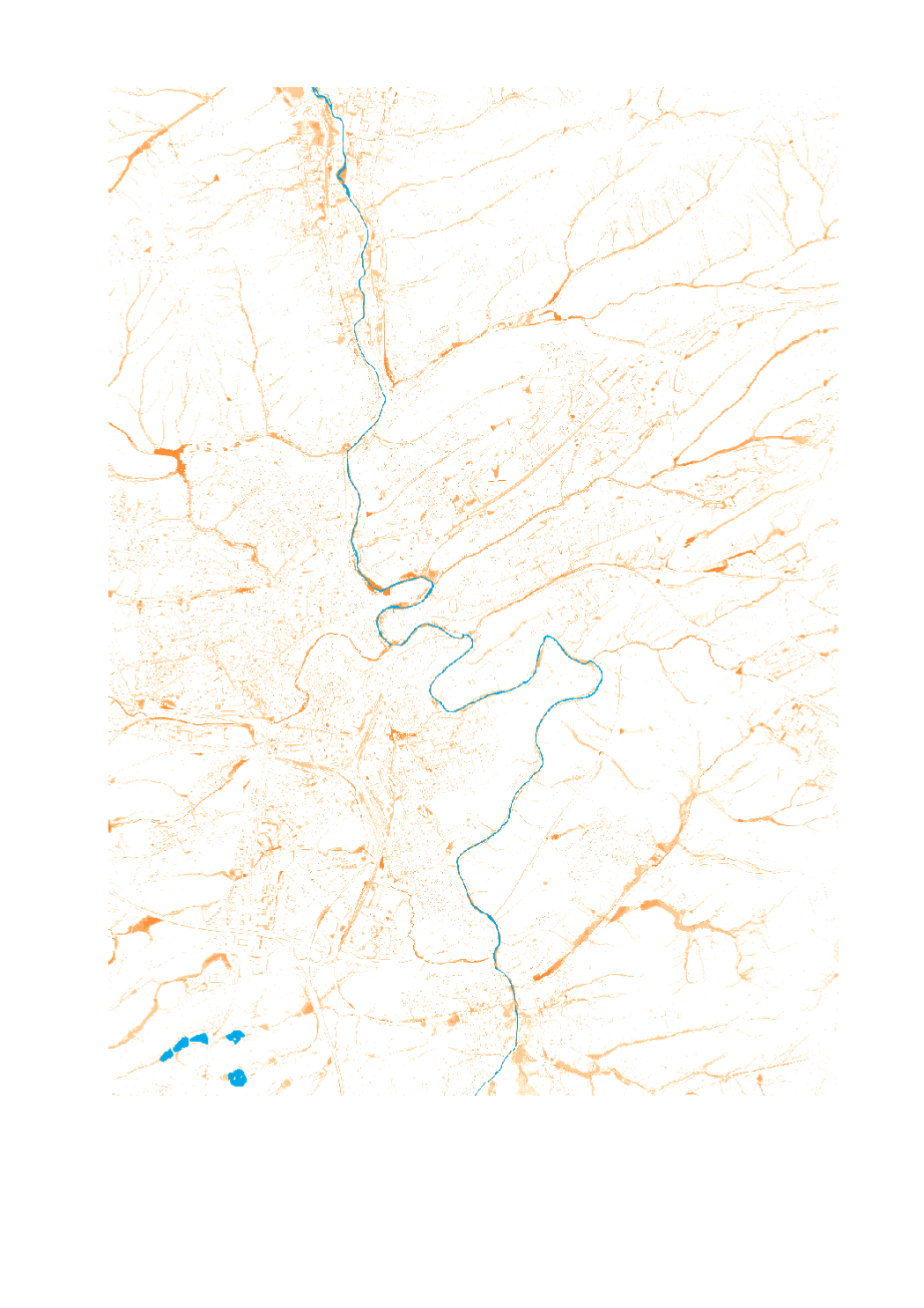asNeeded
Type of resources
Available actions
Topics
Keywords
Contact for the resource
Provided by
Groups
Years
Representation types
Update frequencies
status
Scale
-

Aug. 2013 - Average monthly minimum temperatures [ºC] lux_2013_08_map_temp_minimum,lux_2013_08_samples_temp_minimum The thematic maps presented here are published annually in the hydro-climatological Atlas of the Grand-Duchy of Luxembourg. The project is a collaboration between the Luxemburg Institute of Science and Technology (LIST), the Administration de la gestion de l’eau (AGE) and the Administration des services techniques de l’agriculture (ASTA). The maps show the spatial distribution and temporal evolution of air temperature and precipitation providing an overview of the meteorological situation in Luxembourg. The basis of this documentation is a dense and continuously operating measurement network throughout the country. For regions in which measurements are unavailable, values were estimated by means of spatial interpolation (Inverse Distance Weighting). The current precipitation patterns are compared with a climatic reference period (30 years).
-

Dec. 2013 - Average monthly minimum temperatures [ºC] lux_2013_12_map_temp_minimum,lux_2013_12_samples_temp_minimum The thematic maps presented here are published annually in the hydro-climatological Atlas of the Grand-Duchy of Luxembourg. The project is a collaboration between the Luxemburg Institute of Science and Technology (LIST), the Administration de la gestion de l’eau (AGE) and the Administration des services techniques de l’agriculture (ASTA). The maps show the spatial distribution and temporal evolution of air temperature and precipitation providing an overview of the meteorological situation in Luxembourg. The basis of this documentation is a dense and continuously operating measurement network throughout the country. For regions in which measurements are unavailable, values were estimated by means of spatial interpolation (Inverse Distance Weighting). The current precipitation patterns are compared with a climatic reference period (30 years).
-

Feb. 2012 - Temperature monthly average [ºC] lux_2012_02_map_temp_average,lux_2012_02_samples_temp_average The thematic maps presented here are published annually in the hydro-climatological Atlas of the Grand-Duchy of Luxembourg. The project is a collaboration between the Luxemburg Institute of Science and Technology (LIST), the Administration de la gestion de l’eau (AGE) and the Administration des services techniques de l’agriculture (ASTA). The maps show the spatial distribution and temporal evolution of air temperature and precipitation providing an overview of the meteorological situation in Luxembourg. The basis of this documentation is a dense and continuously operating measurement network throughout the country. For regions in which measurements are unavailable, values were estimated by means of spatial interpolation (Inverse Distance Weighting). The current precipitation patterns are compared with a climatic reference period (30 years).
-

Nov. 2013 - Precipitation, monthly difference to reference period [mm] lux_2013_11_map_pluvio_diff_mm,lux_2013_11_samples_pluvio_diff_mm The thematic maps presented here are published annually in the hydro-climatological Atlas of the Grand-Duchy of Luxembourg. The project is a collaboration between the Luxemburg Institute of Science and Technology (LIST), the Administration de la gestion de l’eau (AGE) and the Administration des services techniques de l’agriculture (ASTA). The maps show the spatial distribution and temporal evolution of air temperature and precipitation providing an overview of the meteorological situation in Luxembourg. The basis of this documentation is a dense and continuously operating measurement network throughout the country. For regions in which measurements are unavailable, values were estimated by means of spatial interpolation (Inverse Distance Weighting). The current precipitation patterns are compared with a climatic reference period (30 years).
-

Jul. 2013 - Precipitation, monthly difference to reference period [mm] lux_2013_07_map_pluvio_diff_mm,lux_2013_07_samples_pluvio_diff_mm The thematic maps presented here are published annually in the hydro-climatological Atlas of the Grand-Duchy of Luxembourg. The project is a collaboration between the Luxemburg Institute of Science and Technology (LIST), the Administration de la gestion de l’eau (AGE) and the Administration des services techniques de l’agriculture (ASTA). The maps show the spatial distribution and temporal evolution of air temperature and precipitation providing an overview of the meteorological situation in Luxembourg. The basis of this documentation is a dense and continuously operating measurement network throughout the country. For regions in which measurements are unavailable, values were estimated by means of spatial interpolation (Inverse Distance Weighting). The current precipitation patterns are compared with a climatic reference period (30 years).
-

Oct. 2012 - Temperature monthly average [ºC] lux_2012_10_map_temp_average,lux_2012_10_samples_temp_average The thematic maps presented here are published annually in the hydro-climatological Atlas of the Grand-Duchy of Luxembourg. The project is a collaboration between the Luxemburg Institute of Science and Technology (LIST), the Administration de la gestion de l’eau (AGE) and the Administration des services techniques de l’agriculture (ASTA). The maps show the spatial distribution and temporal evolution of air temperature and precipitation providing an overview of the meteorological situation in Luxembourg. The basis of this documentation is a dense and continuously operating measurement network throughout the country. For regions in which measurements are unavailable, values were estimated by means of spatial interpolation (Inverse Distance Weighting). The current precipitation patterns are compared with a climatic reference period (30 years).
-
The percentage of analysis in which the parameter nitrates meets the threshold value
-

This map shows the extent and inundation depth of surface runoff in a 200-year heavy rainfall scenario [D60T200].
-

This map shows the extent and inundation depth of surface runoff in a 20-year heavy rainfall scenario [D60T20].
-

This map shows the extent and inundation depth of surface runoff in a 50-year heavy rainfall scenario [D60T50].
 geocatalogue.geoportail.lu
geocatalogue.geoportail.lu